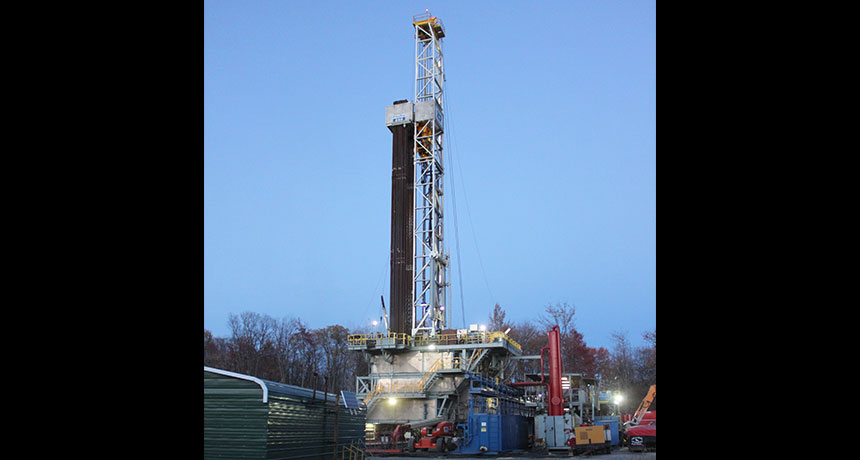Fracking doesn’t always go to great depths
Shallow wells raise possibility of drinking water contamination

GOING DEEP? A surprising number of U.S. oil and gas wells, similar to this one, are hydraulically fractured at shallow depths, a new study finds.
Lilsqueaky/Wikimedia Commons (CC BY-SA 3.0)